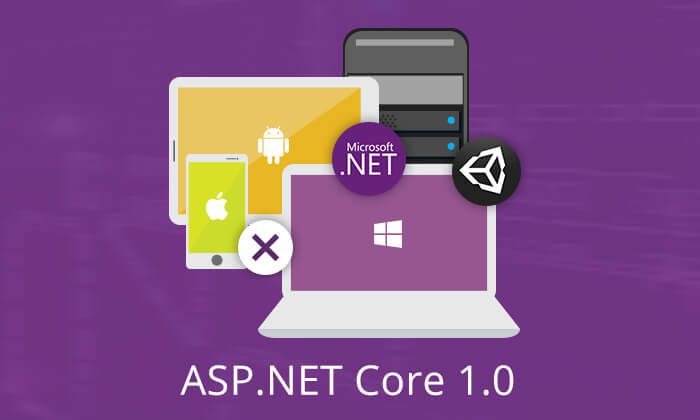
Adding MVC to ASP.NET Core web application
ReviewCoreASPHosting.NET | Best and cheap ASP.NET MVC core hosting. This article refers to an earlier version of the .NET Core SDK and project.json which Microsoft has deprecated in favour of a revamped .csproj file.
Now let’s add MVC to the picture.
Start off by modifying project.json to require the MVC packages.{
"version": "1.0.0-*",
"buildOptions": {
"debugType": "portable",
"emitEntryPoint": true
},
"dependencies": {},
"frameworks": {
"netcoreapp1.0": {
"dependencies": {
"Microsoft.NETCore.App": {
"type": "platform",
"version": "1.0.0"
},
"Microsoft.AspNetCore.Server.Kestrel": "1.0.0",
"Microsoft.AspNetCore.Mvc": "1.0.0"
},
"imports": "dnxcore50"
}
...

